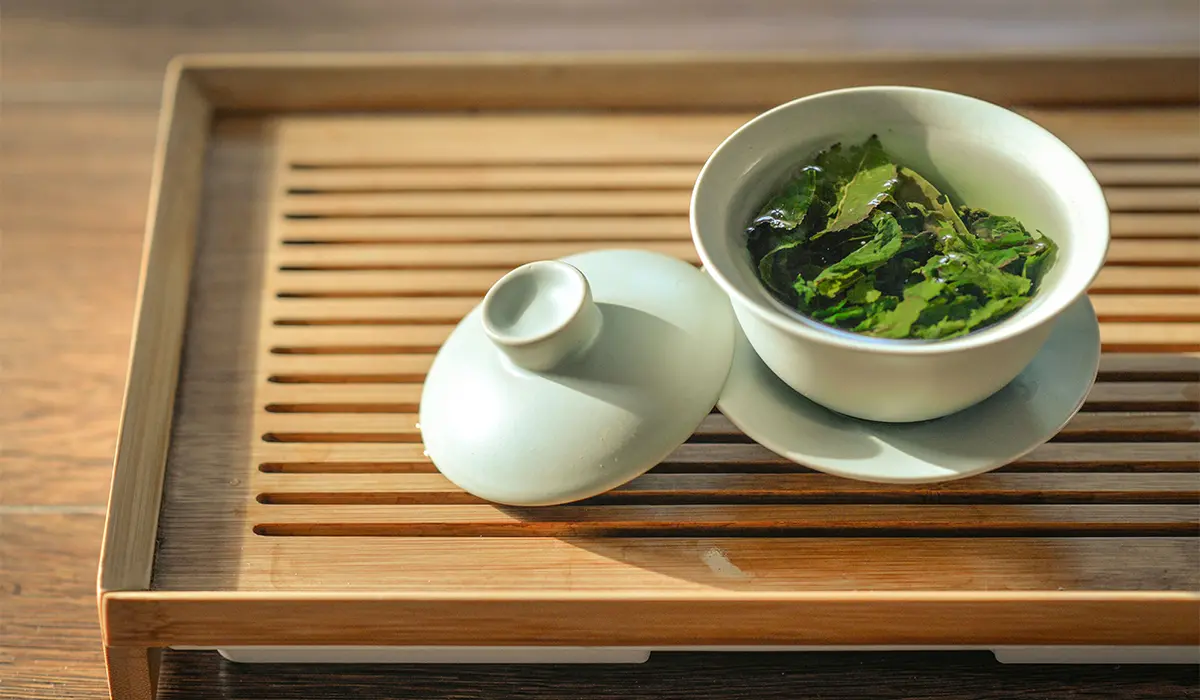Among the elite selection of Chinese green teas, Tai Ping Hou Kui has always occupied a cherished place. Its distinct leaf shape initially caught my eye, but it was the enchanting blend of sweetness and delicacy that truly captivated my palate. Revered as one of China’s most esteemed teas, Tai Ping Hou Kui boasts a storied legacy dating back to the illustrious Qing Dynasty. This extraordinary tea is meticulously crafted in the picturesque hills of Huangshan, nestled in Anhui Province, China. The traditional production region encompasses three villages: Hou Keng, Hou Kun, and Yan Jia.
Unveiling the Legends
“Tai Ping Hou” or “Tai Kui” is often translated as the tranquil monkey leader. You may wonder how this relates to tea. According to local legends, the monkey king fell gravely ill and passed away following the loss of his beloved son. A compassionate farmer discovered the lifeless body of the king and bestowed upon him a dignified burial. To everyone’s astonishment, the following year witnessed the emergence of tea trees from the very spot where the king was laid to rest. The farmer skillfully plucked the leaves and meticulously shaped them into the distinctive blade-like form we now admire.
The Artistic Craftsmanship
Tai Ping Hou Kui is fashioned using Shi Da Zhong, a tea variety with exceptionally large leaves. The tea undergoes a series of customary green tea processing techniques, including pan-firing. Gifted artisans deftly shape the leaves by hand, skillfully manipulating a handheld wok, before delicately arranging them on mesh screens. By gently pressing and flattening the leaves, a flawless appearance is achieved. While this process can also be carried out manually, mechanical rollers have gained popularity. A subtle imprint of the mesh can be discerned on the leaf’s surface, further enhancing its visual allure.
A Gastronomic Symphony
The flavor profile of Tai Ping Hou Kui is an orchestration of exquisite sweetness harmonizing with floral and vegetal notes. It possesses a savory essence reminiscent of the umami found in sencha tea. Despite its delicate nature, there is no risk of overstepping, ensuring a perfect brew every time. When I first encountered this tea online, I couldn’t resist the urge to experience it firsthand. Accompanied by my husband, we ventured to Bellocq Tea Atelier in Brooklyn, the sole purveyor of this tea in the area. The enthusiastic staff likened the tea’s essence to the sensation of immersing oneself in a vibrant pile of autumn leaves. This enchanting sensory memory accompanies me with each sip.
Mastering the Brewing Art
To fully savor the splendor of Tai Ping Hou Kui, I recommend employing a glass brewing vessel. The larger the vessel, the better the opportunity to witness the leaves gracefully unfurling. For a Western-style brewing method, steep the leaves at 175 degrees Fahrenheit for three to five minutes, providing an excellent starting point. Due to their elongated shape, brewing Tai Ping Hou Kui in a Gaiwan may pose a challenge. As a popular alternative, glass tube brewers are favored, and a cha hua can also be utilized. Personally, I indulge in the grandpa-style method, cherishing the mesmerizing dance of the colossal leaves in my cup—a truly captivating spectacle.
Have you ever tried Tai Ping Hou Kui? What’s your favorite method to make it? Tell me by leaving a comment below!



Leave a Reply
You must be logged in to post a comment.